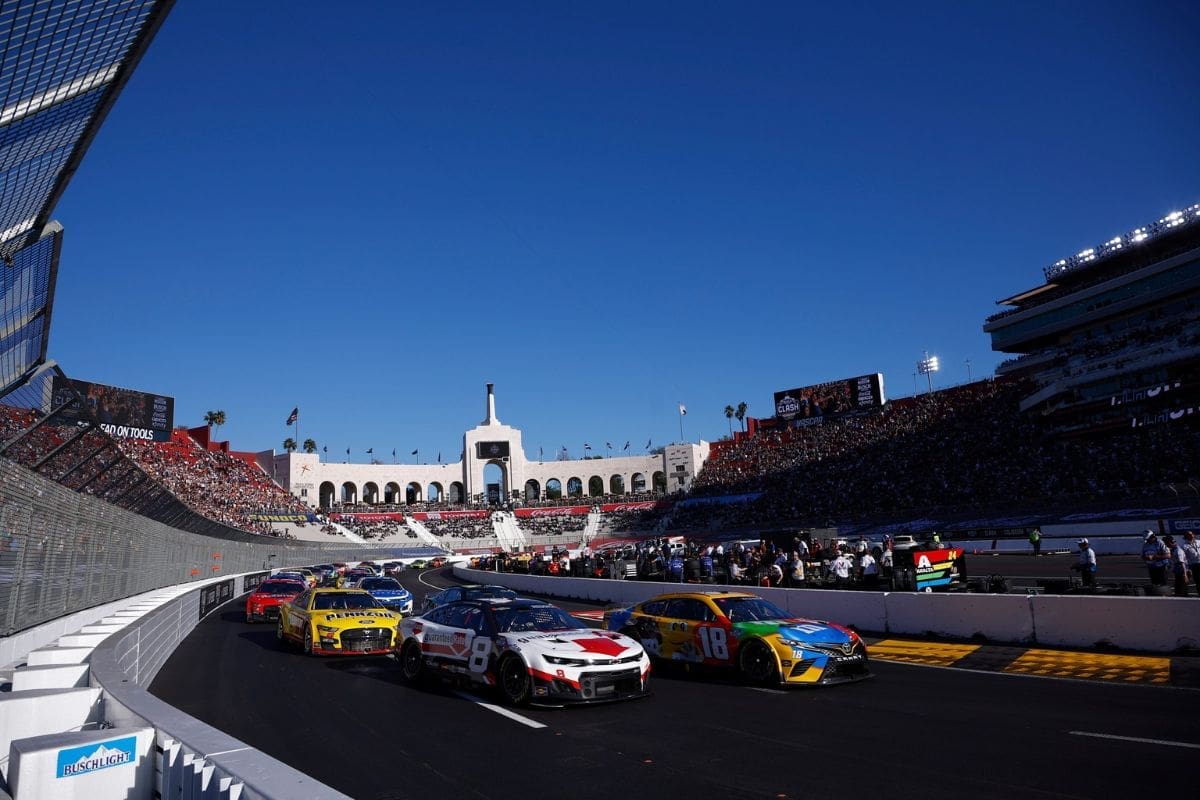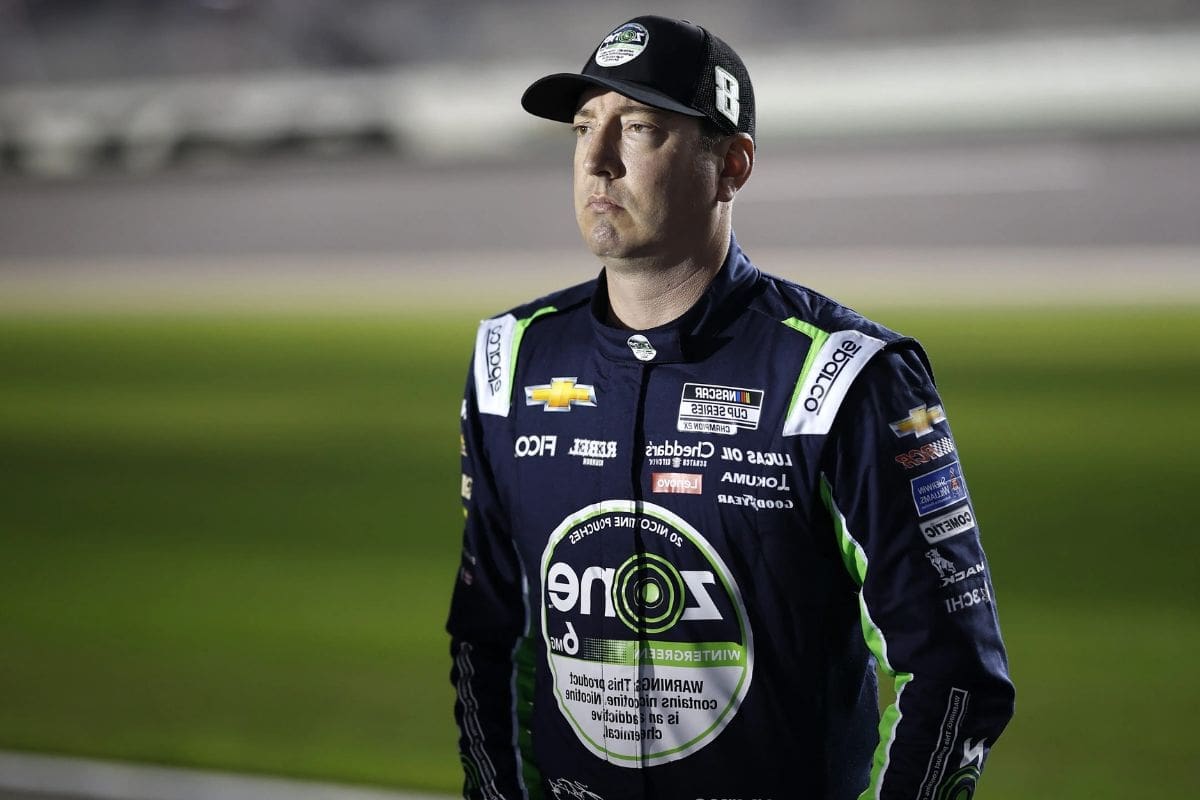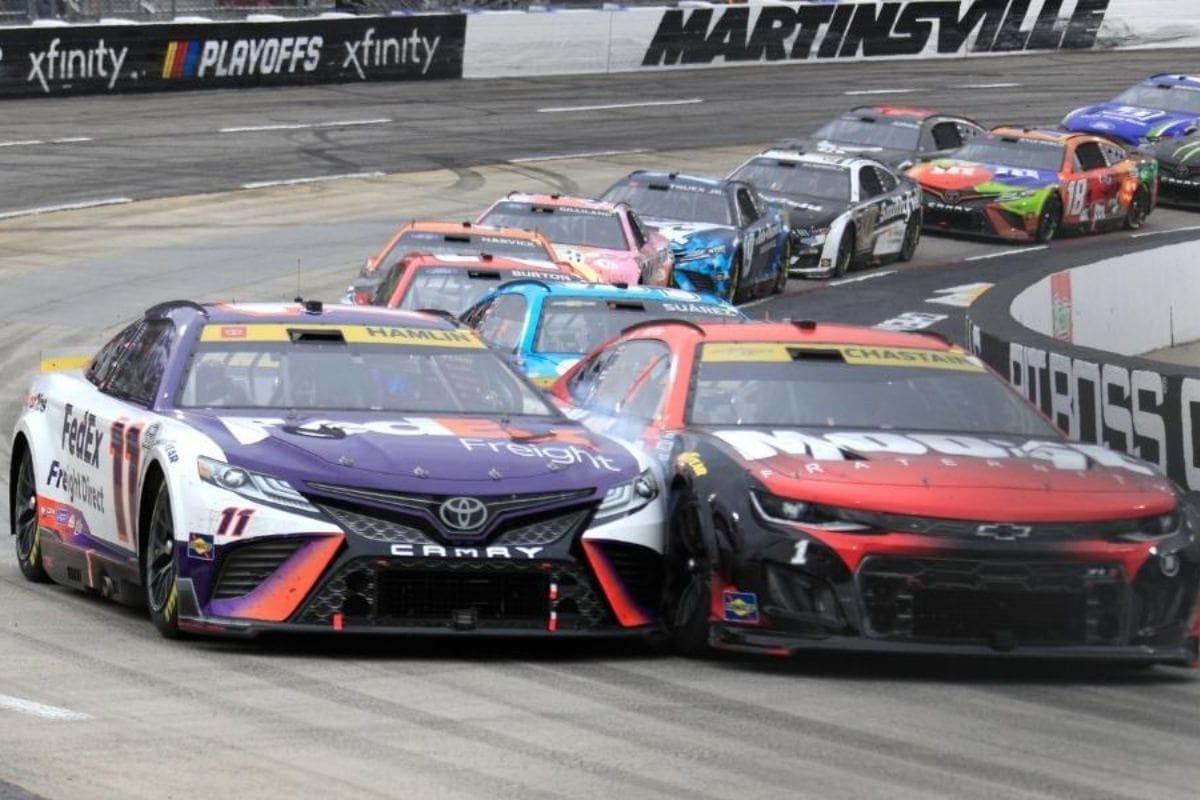NASCAR Viewership Comeback: Amidst the ebb and flow of television viewership trends, the NASCAR community has found itself at a pivotal juncture. Once a dominant force in the sports broadcasting arena, NASCAR has faced challenges in recent years as traditional viewership numbers dwindled despite significant media deals.
However, a subtle yet remarkable turnaround has begun to unfold, hinting at a potential resurgence for the sport. What factors have contributed to this shift, and how has NASCAR managed to rekindle the interest of its audience? The answers lie in a combination of strategic adaptations and a keen understanding of the evolving entertainment landscape.
NASCAR Television Ratings Decline Despite Lucrative Deals
Despite securing a lucrative 7-year, $7.7 billion agreement with major broadcasters like Fox, NBC, TNT, and Amazon, NASCAR has experienced a decline in television ratings for flagship events such as the rain-delayed Daytona 500 and the Busch Light Clash. The Daytona 500, a premier event in the NASCAR calendar, saw a decrease in viewership from the previous year, indicating a concerning trend for the sport. Similarly, the Busch Light Clash, another significant race, suffered a notable drop in ratings compared to previous editions, highlighting a broader issue with attracting and retaining viewers.
This decline in television ratings poses a challenge for NASCAR, despite the substantial financial backing secured through the recent broadcasting deals. Understanding the factors contributing to this decline, such as changes in viewer behavior, competition from other entertainment options, and the evolving media landscape, will be crucial for NASCAR to address these issues effectively. By analyzing the root causes behind the diminishing viewership, NASCAR can develop strategic solutions to revitalize interest and engagement in its flagship events, paving the way for a potential viewership comeback.

Changing Landscape of Television and Streaming Challenges NASCAR
With the evolution of the television and streaming landscape, NASCAR faces new challenges in reaching and engaging its audience across a multitude of platforms. The traditional stronghold of broadcast networks like Fox and NBC has expanded to include streaming services such as Amazon and Netflix, increasing the fragmentation of viewership. This shift reflects the changing dynamics of viewer preferences, with NASCAR: Full Speed now available on Netflix. While the move to streaming networks, social media, and cable TV offers more content and fan engagement opportunities, it presents hurdles in aggregating viewers as effectively as traditional broadcast networks once did.
| Challenges | Impact |
|---|---|
| Fragmented viewership | Difficulty in consolidating audience numbers |
| Increased availability on streaming services | Potential for reaching new demographics |
| Competition from other sports and entertainment options | Need for innovative viewer engagement strategies |
| Balancing traditional broadcast with newer platforms | Ensuring maximum exposure and engagement |
NASCAR must navigate these challenges adeptly to maintain and grow its fan base amidst the evolving landscape of television and streaming.
NASCAR’s Efforts to Adapt and Appeal to a Changing Audience
Navigating the shifting landscape of media consumption, NASCAR is proactively implementing strategies to adapt and resonate with a diverse and evolving audience. In response to the changing dynamics of television viewership and the need to attract a younger and more varied fan base, NASCAR is exploring innovative approaches. This includes venturing into new territories with races in unconventional locations like the Chicago street race, aiming to capture the interest of a broader demographic.
By actively seeking to connect with a more diverse audience, NASCAR is demonstrating its commitment to growth and evolution in a competitive sports entertainment environment.
To further engage fans and adapt to the digital age, NASCAR is leveraging social media platforms to reach audiences beyond traditional TV viewership. Through interactive and engaging content, NASCAR is enhancing its presence and fostering a sense of community among fans. By experimenting with various strategies and embracing new technologies, NASCAR is positioning itself to remain relevant and appealing in a rapidly changing landscape.

News in Brief
NASCAR is at a pivotal moment as it grapples with a decline in traditional TV viewership, despite securing lucrative media deals. The recent Daytona 500 and Busch Light Clash events experienced notable drops in ratings, raising concerns for the sport. NASCAR faces challenges in the evolving entertainment landscape, with streaming services like Amazon and Netflix competing for viewers. The fragmented viewership landscape requires NASCAR to adapt and engage with a diverse audience. In response, NASCAR is exploring innovative approaches, such as races in unconventional locations like the Chicago street race. Leveraging social media, interactive content, and embracing new technologies, NASCAR aims to remain relevant and appeal to a changing audience.
Our Reader’s Queries
Q. Why did people stop watching NASCAR?
A. Several reasons have been cited for the decline in NASCAR’s popularity. One factor is the track changes that altered the traditional racing experience. The introduction of the Car of Tomorrow faced criticism from both drivers and fans, impacting the appeal of the sport. Constant tinkering with championship rules and race regulations contributed to a sense of inconsistency. Additionally, changes in the overall race day experience, along with a perceived decline in the quality of racing, have played a role in the sport’s diminishing popularity. These factors collectively have led to challenges in maintaining the widespread appeal that NASCAR once enjoyed.
Q. When did NASCAR start losing popularity?
A. The decline of NASCAR from its dominance, which began around 2005, did coincide with the introduction of the “Car of Tomorrow” in 2007. While there weren’t significant changes to car specs in the immediate period leading to the decline, the unveiling of the “Car of Tomorrow” faced criticism. The new car design was met with mixed reviews from drivers and fans, impacting the overall perception of the sport. It is essential to consider various factors such as changes in racing dynamics, fan experience, and the evolving landscape of motorsports to understand the multifaceted reasons behind NASCAR’s decline during that period.
Q. When was the peak of NASCAR popularity?
A. The decline of NASCAR’s fortunes began around 2005, with TV ratings peaking at that time and subsequently experiencing a prolonged downward trend. Identifying a single event as the catalyst for NASCAR’s decline is challenging, but some point to the introduction of the playoff format in 2004 as a potential factor. The playoff format, aimed at injecting excitement and competitiveness, has faced criticism for deviating from the traditional full-season points system. The decline in ratings and overall popularity indicates a complex interplay of factors, including changes in race formats, fan engagement, and perhaps evolving tastes in sports entertainment that contributed to NASCAR’s prolonged slide.
Q. What were the TV ratings for the 2023 NASCAR clash?
A. The Busch Light Clash on Saturday night, broadcasted on FS1, garnered 1.511 million viewers. This figure reflects a notable decrease compared to the previous two editions, which were held on Sundays and aired on Fox TV. In 2022, the event drew 4.283 million viewers, while in 2023, it attracted 3.647 million viewers. The shift in both day and network for the 2024 Busch Light Clash appears to have had an impact on the viewership numbers, contributing to the observed decline in audience turnout for the event.
ALSO READ: Daytona 500 Viewership Declines: Is NASCAR Losing Its Shine?

